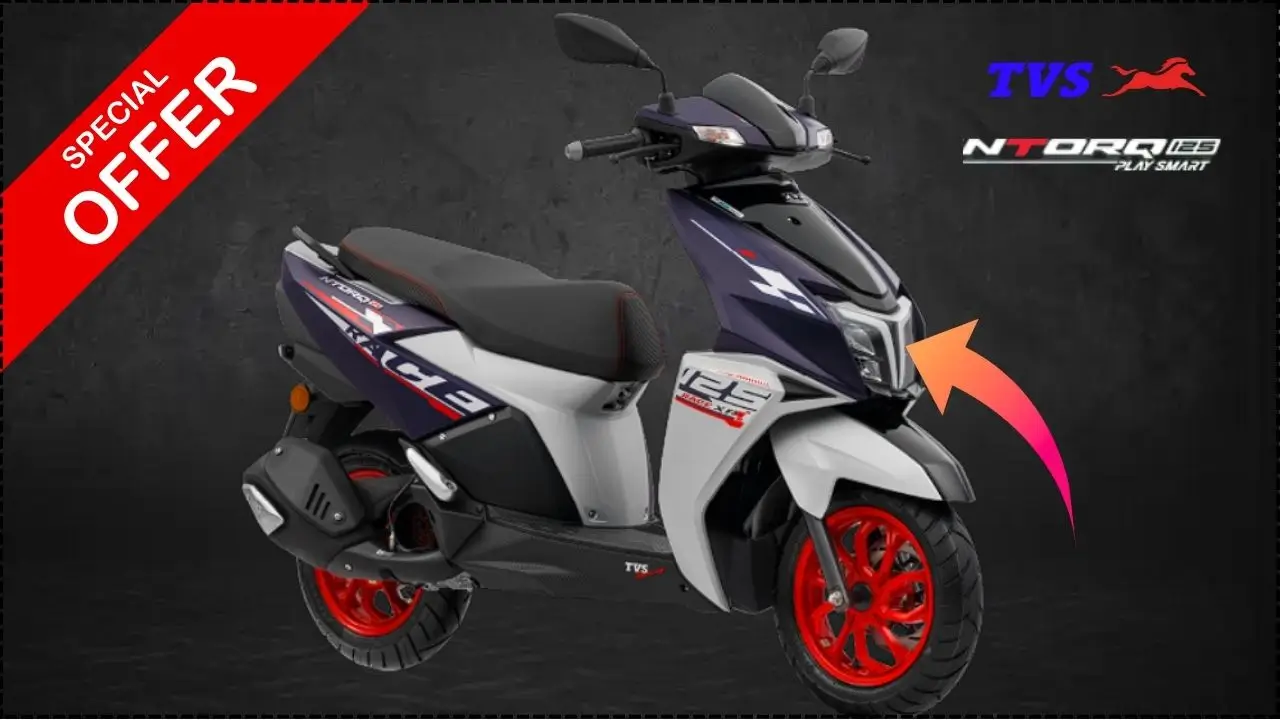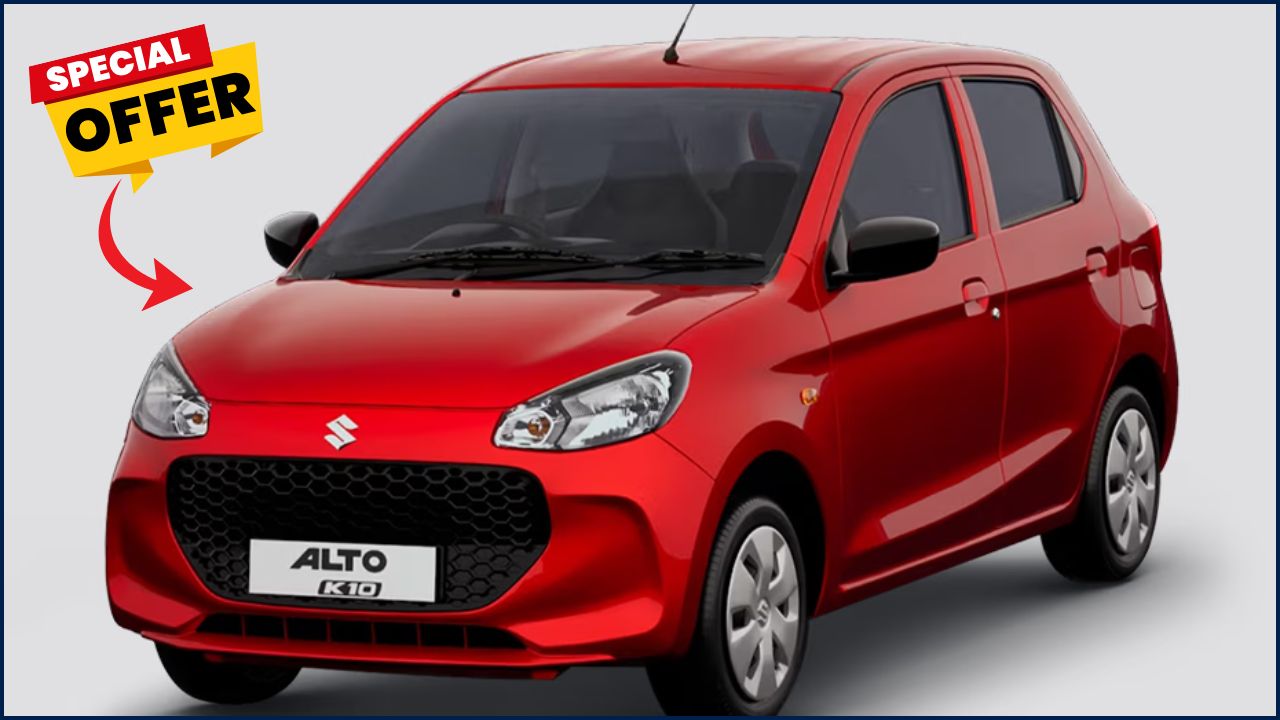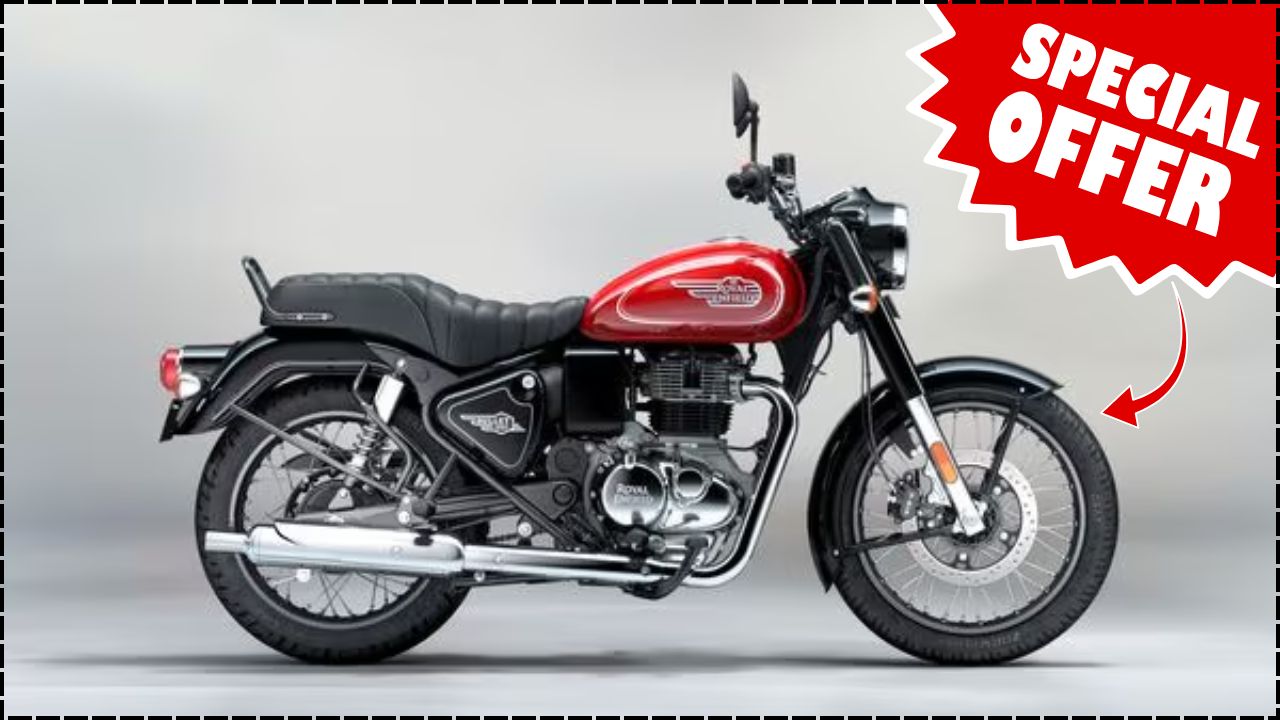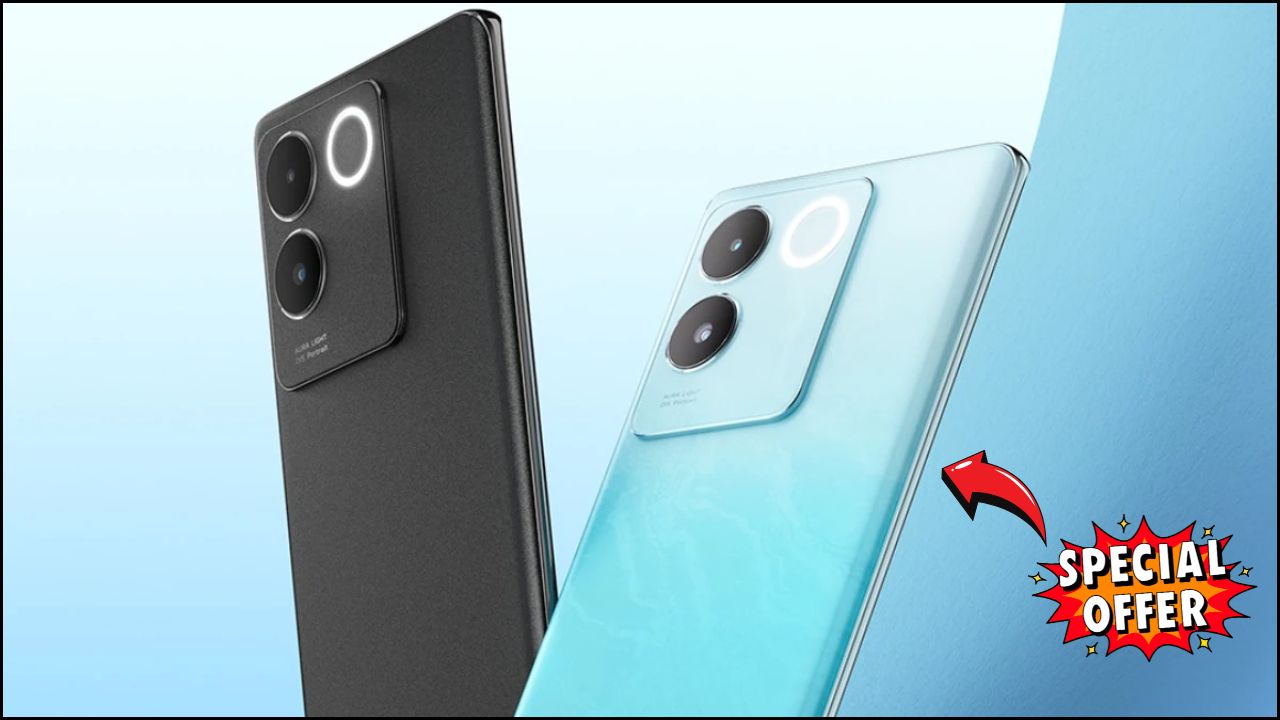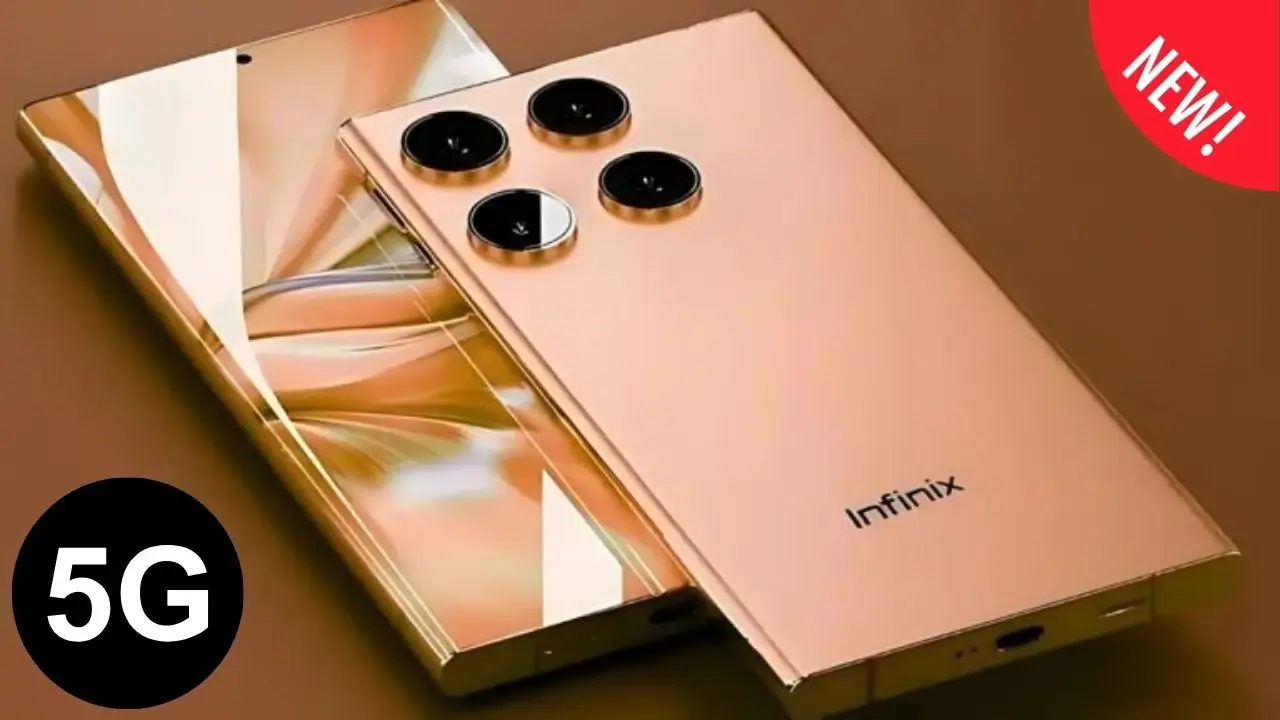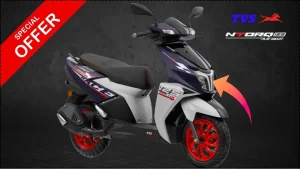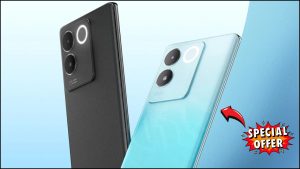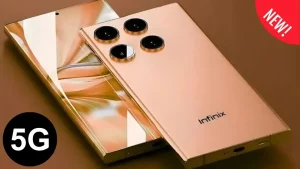The smartphone industry is buzzing with anticipation for the Motorola Edge 60 Ultra, a flagship that promises to shake up the market with features we’ve only seen in prototypes or concept devices before. Among its biggest highlights are satellite calling and an AI-powered camera system—two technologies that could redefine how we use our phones every day. With the hype building, consumers want to know if these innovations are as practical as they sound or if there’s a hidden trade-off. Let’s dive deeper and see what Motorola is really bringing to the table.
Table of Contents
Motorola Edge 60 Ultra Satellite Calling & AI Camera
The Motorola Edge 60 Ultra Satellite Calling & AI Camera features are what set this phone apart from the competition. Satellite connectivity is designed to let users make calls in areas with no cellular coverage, while the AI-enhanced camera system promises to deliver smarter, cleaner, and more vibrant photography. Together, these technologies aim to make the phone a true all-rounder for adventurers, professionals, and everyday users. But as exciting as they sound, these features also raise key questions—like whether satellite calls will be limited in certain regions or whether AI processing might lead to unnatural images.

Motorola Edge 60 Ultra
| Feature | Details |
|---|---|
| Satellite Calling | Enables calls where cellular networks are unavailable via satellite support |
| AI Camera Technology | AI-driven optimization for photos, videos, and low-light performance |
| Display | 6.7-inch OLED with high refresh rate for smooth visuals |
| Processor | Snapdragon 8 Gen 3 chipset with flagship-level performance |
| Battery | 5000 mAh with ultra-fast charging support |
| Storage | Configurations up to 512GB |
| Operating System | Android 14 with Motorola’s MyUX optimizations |
| Design | Curved glass build with a premium finish |
The Motorola Edge 60 Ultra Satellite Calling & AI Camera combination is without doubt its biggest selling point. Satellite calling could become a lifesaver in emergency scenarios, while the AI camera has the potential to redefine smartphone photography. Still, it’s important to recognize possible limitations—service availability, extra costs, and over-processed photos are some areas to watch.
If Motorola manages to fine-tune these innovations while delivering on performance, design, and battery life, the Edge 60 Ultra could be one of 2025’s most talked-about flagships. It’s bold, ambitious, and refreshingly different from the usual incremental upgrades we see every year.
What Makes Satellite Calling Stand Out?
Satellite calling on the Motorola Edge 60 Ultra could be a game-changer, especially for those who frequently travel to remote areas where cellular coverage drops. Unlike traditional networks, this feature uses satellites to ensure connectivity even in the middle of mountains, deserts, or seas. It’s a clear nod to the growing demand for emergency communication technology in smartphones.
But here’s the catch: satellite calling often comes with limitations. It may work only in specific regions supported by partner networks, and the service may carry extra costs compared to regular calls. Weather conditions or obstructions could also impact performance. Still, having it baked into a mainstream smartphone makes the Edge 60 Ultra a step ahead of most rivals.
The AI Camera Smarter Photography at Your Fingertips
Cameras are often the deciding factor when buying a flagship phone, and Motorola knows this well. The AI camera in the Edge 60 Ultra aims to take mobile photography to the next level. It can recognize scenes, adjust lighting, reduce noise, and even recommend the perfect shot angle—all in real time. Whether you’re shooting at night, capturing portraits, or filming 4K videos, the AI system adapts to your environment.
However, AI enhancements can sometimes go too far, resulting in images that look processed rather than natural. The real test for Motorola will be whether its AI strikes the right balance between enhancing photos and keeping them authentic.
Motorola Edge 60 Ultra Design and Display Features
The Edge 60 Ultra is expected to sport a 6.7-inch OLED panel with a high refresh rate that ensures buttery-smooth scrolling and gameplay. The curved-edge design gives it a premium look while maximizing screen-to-body ratio. OLED technology also ensures vivid colors, deeper blacks, and excellent contrast—perfect for streaming, gaming, and social media use.
The design is sleek and modern, with Motorola focusing on ergonomics while still delivering a luxurious glass finish. It’s clear the company wants to compete with the likes of Samsung and OnePlus in both looks and performance.
Performance and Battery Life A Seamless Experience
At the heart of the Motorola Edge 60 Ultra lies the Snapdragon 8 Gen 3 processor, Qualcomm’s most powerful chipset yet. This ensures blazing-fast performance whether you’re multitasking, gaming, or editing videos. Paired with large storage and RAM configurations, the phone is built for power users.
Battery-wise, the 5000 mAh cell promises all-day usage without breaking a sweat. And with fast charging, you can juice up in minutes rather than hours—ideal for people constantly on the move. Motorola’s optimization with Android 14 also helps ensure better efficiency.
Asus ROG Phone 9 Leaks Hint at October Launch: Cooling Tech That Gamers Will Go Crazy For
FAQs About Motorola Edge 60 Ultra
1. Is the Motorola Edge 60 Ultra good for photography?
Yes, thanks to its AI-powered camera system that enhances lighting, detail, and stability, it’s expected to be excellent for both casual and advanced photographers.
2. Will satellite calling work everywhere?
No. Satellite calling usually depends on regional support and may not be available globally. Coverage will likely be limited to supported areas.
3. How does the Snapdragon 8 Gen 3 perform in daily use?
It’s one of the most powerful mobile processors available, ensuring smooth performance for gaming, multitasking, and heavy apps.
4. What’s the expected battery life of the Motorola Edge 60 Ultra?
With a 5000 mAh battery and efficient optimization, you can expect a full day of heavy use on a single charge, plus quick refueling via fast charging.
5. Is whey or plant protein better for muscle growth?
Whey protein is absorbed faster and is great for post-workout recovery, while plant protein is a good choice for those with dietary restrictions. Both can support muscle growth when paired with proper nutrition and training.


